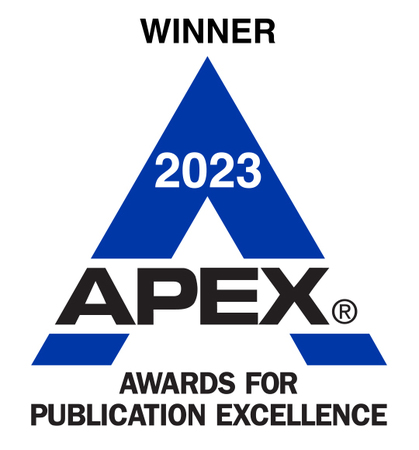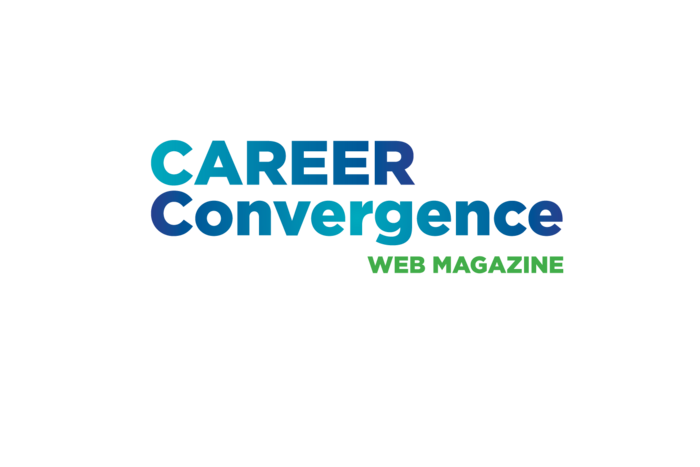11/01/2023
Facilitating Faculty Engagement in Undergraduate Career Development
By Terry Cummins and Lauren Granese
In a study conducted by Eagan et al. (2016), approximately 85% of undergraduate students reported that getting a good job was one of their main deciding factors for attending college. Researchers at the National Association of Colleges and Employers (NACE) showed an increase in the average number of job offers among students who utilized at least one type of career service versus students who did not; job offer averages increased for each additional service used (VanDerziel, 2022). This study demonstrates how effective and vital career services are within higher education when it comes to post-graduation career plans. However, higher education career development professionals often have high caseloads and cannot deliver individual, ongoing support to every student (NACE, 2022).
During the NCDA Career Teaching Academy in 2022, career development professionals in attendance voiced a strong desire to collaborate with faculty members at their colleges. Yet, they were struggling to find a way to engage with them and embed career development into the curriculum. To better understand faculty perceptions of career development, practitioners at Penn State University collected information from a randomly selected group of faculty.
The goals of this study were to understand the following:
- Faculty perceptions of their role and involvement in the career development of undergraduate students
- The importance of career development to the success of students, according to faculty
- The barriers precluding the incorporation of faculty members in career development/readiness activities
- Best practices to seize opportunity for collaboration between faculty and career services
Survey Creation and Results
To help faculty understand more specifically the purpose and context of the questions, the survey defined career development/planning at the beginning of the survey as the following:
- Résumé and cover letter activities
- Networking, interviewing, and internship/job search skill development
- Industry-based guest speakers (employers or alumni)
- Career exploration activities and assessments
- Job offer negotiation/decision discussion
- Graduate and professional school application assistance
The survey comprised an Institutional Research Board (IRB) statement that signaled consent to research, 13 multiple choice, 5-point Likert scale questions (including branch questions), and two short answer questions. Researchers emailed the survey to 1,000 faculty in the College of the Liberal Arts and the College of Health & Human Development at the University Park campus of Penn State University. After emailing two reminders, they received a 15% response rate. The median completion time of the survey was three minutes and four seconds.
The survey was sent to those identified as full-time faculty: tenure track, teaching, research, and clinical; 48% of respondents identified themselves as tenured faculty and 75% of all responding faculty had ten or more years of teaching experience. The survey also asked faculty to focus their responses on their non-career development courses. The results were as follows:
- 65% reported that they currently do not incorporate career development (CD) into their courses.
- 94% of the faculty who do already incorporate CD believe in the value/importance of incorporation.
- 54% of faculty felt that embedding CD into their courses was “very important” or “important.”
- 48% of respondents rated their confidence in their ability to embed as “neutral,” “low confidence,” or “not at all confident.”
- 52.5% stated that they are unaware of the location of their college career office.
- 76.6% said they have never utilized career services for their classes.
Barriers
Through open-ended questions, faculty identified barriers to effectively incorporate career development into their courses. The top five barriers are summarized as follows:
- There is not enough time in the semester to teach course content and add a career component. Faculty cited competing curricular priorities (i.e., diversity, engaged learning, general education, academic content) and lack of time in their workday.
- What I teach does not have a direct connection to careers. Faculty commented that their course is lecture-based, and they were unsure how to incorporate CD into this format. They taught large introductory/general education topics with students from multiple majors. They were unsure how to connect their subject matter to career development tools.
- Career development does not belong in courses. Comments included the following:
“It is up to the students to find/make time to focus on CD outside of class.”
"This is not vocational school."
“CD does not need to be offered in every class.” - Lack of understanding of what career development entails or how career services can assist faculty. Example quotes are below.
“No obvious career path in my discipline other than graduate school”
“Class has nothing to do with résumé building”
“You guys just help students find jobs, right?” - Lack of knowledge. Some respondents vulnerably acknowledged that they do not know how they can incorporate career development or where best to insert this material.
Faculty Recommendations
The last section of the survey asked faculty how they would like to be assisted as they integrated career development into their courses. Some faculty made suggestions that most career offices already provide assistance, including handouts specific to majors, presenting workshops to classes, a monthly career newsletter, and assigning a career staff liaison to departments as a resource. A few even outright stated that they do not need or want help. The top recommendations included faculty/staff training, resources to source speakers, and an activity bank (i.e., assignments that can be integrated into Canvas).
Author Recommendations and Strategies
Based on the survey results, as well as current practices in both The College of Health and Human Development and The College of the Liberal Arts at Penn State, the career services professionals identified the following actions to initiate or current strategies to engage faculty with career development in the curriculum:
- Attend faculty meetings. Introduce yourself and your services, offer assistance, and ask them what they need. Do not solely rely on department heads to relay this information correctly or effectively. Advocate for career development as a meaningful field of study.
- Replace emails with In-person connections. Faculty, students, and staff alike are inundated with emails, and often these types of new initiatives communicated in this manner are not prioritized because of annual semester duties. Creating in-person connections and maintaining those relationships are more effective.
- Create training to teach faculty how to incorporate career development. Make this easily accessible through in-person and online training opportunities. Create web-based learning management system modules and assignments (i.e., through Canvas or Blackboard) that faculty can incorporate into their courses easily.
- Offer support and work one-on-one with faculty. Review their syllabi and collaborate with them to incorporate career development and career readiness into their curriculum.
- Create career events well before the start of the semester. Then market this calendar to faculty as soon as possible. Proactive planning enables faculty to incorporate programming into their syllabi. For instance, establish career panels for presentations that benefit several classes across multiple majors, colleges, or campuses within the university network.
- Form and facilitate a faculty committee. This committee can focus on internships and career development and identify champions or fellow advocates of career development in the classroom.
Conclusion
Understanding faculty perceptions and recognizing perceived barriers can help career development professionals thoughtfully strategize the best ways to collaborate with faculty and advocate for career development within the curriculum. This will allow faculty and career development professionals to meet on common ground, allowing for well-rounded career development services with student success and career readiness in mind. While many faculty believe in this goal, they also rate their confidence in achieving this in a range that indicates the necessity of career development professional assistance.
References
Eagan, K., Stolzenber, E. B., Ramierz, J. J., Aragon, M. C., Suchard, M. R., & Rios-Aguilar, C. (2016). The American freshman: Fifty-year trends, 1966-2015. Higher Education Research Institute, UCLA.
National Association of Colleges and Employers. (2022). NACE 2021-2022 career services benchmarks survey report. https://www.naceweb.org/store/2022/nace-career-services-benchmark-report
VanDerziel, S. (2022, November 8). The value of career services. National Association of Colleges and Employers. https://www.naceweb.org/career-development/organizational-structure/the-value-of-career-services/
Terry Cummins is an Assistant Teaching Professor and Internship Director at the Department of Human Development and Family Studies at The Pennsylvania State University (World Campus). She holds a MEd in Counselor Education (with an emphasis in Career Counseling) from Penn State University and provides career counseling at Penn State Career Services (University Park). She co-led the inaugural NCDA Career Teaching Academy in 2022. She can be reached at tfs2@psu.edu
Lauren Granese is the Assistant Director of the College of the Liberal Arts Career Enrichment Network at The Pennsylvania State University. She holds a M.Ed. in Counselor Education, with an emphasis in Career Counseling, from Penn State, and is a Licensed Professional Counselor (LPC). She provides career counseling and coaching for Liberal Arts and exploratory students at Penn State. She co-led the inaugural NCDA Career Teaching Academy in 2022. She can be reached at leg5147@psu.edu
2 Comments
Paul Timmins on Wednesday 11/01/2023 at 10:46 PM
This is so fascinating and useful -- great job!
Clemente Diaz on Thursday 11/02/2023 at 08:44 PM
Thanks for your insights! A couple of years ago, I co-authored an article on the same topic. Below is the link to the article if you're interested.
http://store.ncda.org/aws/NCDA/pt/sd/news_article/290952/_self/CC_layout_details/false



